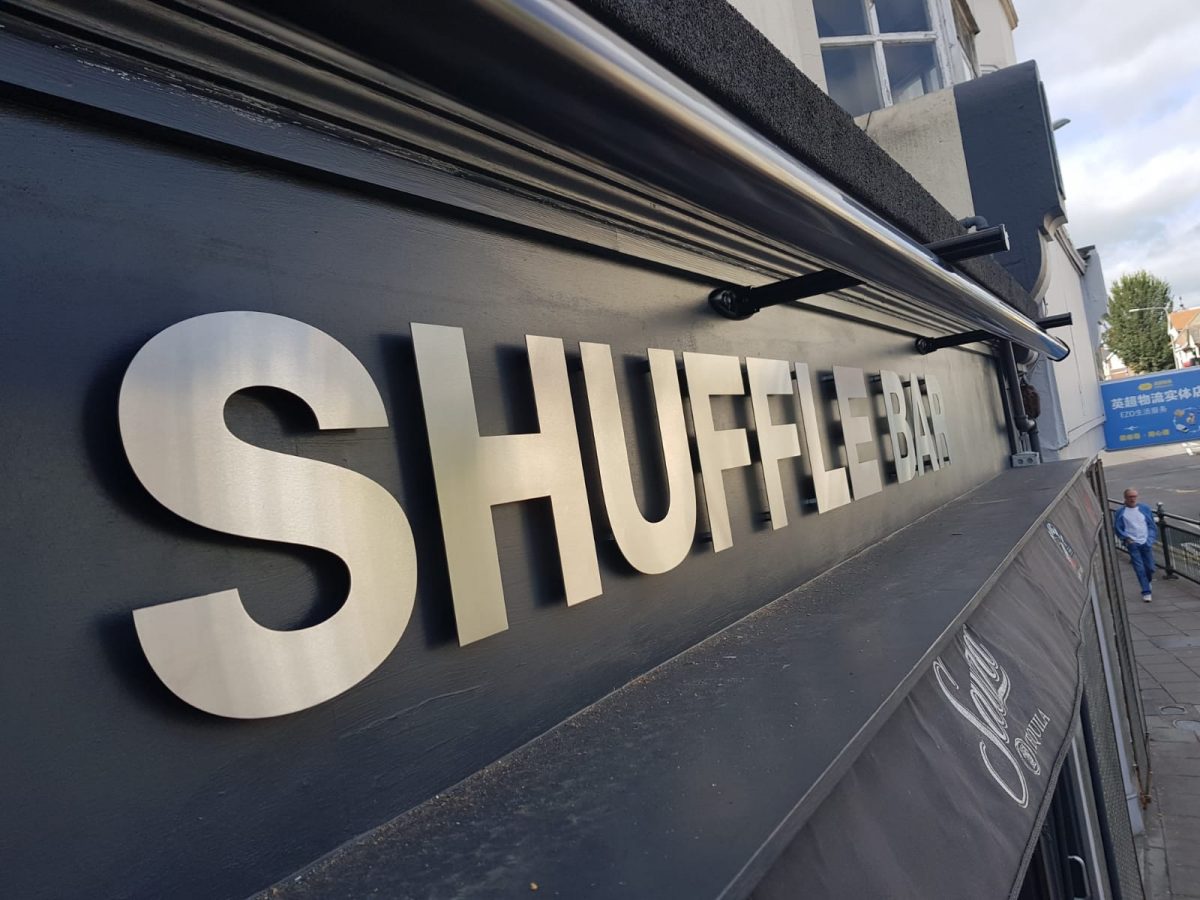Do you know how to find your way? Whether you need signs to direct customers around your store, or wayfinding signs for an exhibition or display in West Sussex, there are certain fundamental rules you’ll need to follow to create the most effective signs.
Creating effective wayfinding signage is an art, and there are a wide array of signs at your disposal. From directional to information signs, each piece of the wayfinding jigsaw needs to fit into a cohesive whole. Here are 10 design and display tips to help you and your customer’s make the most of your wayfinding signs.
1. Never make assumptions
Always treat your customers as if this is their very first visit.
2. Know your space
Always take the time to survey and walk through the space. Put yourself in your customer’s shoes and consider all the landmarks on your way, including places that are easy to navigate and those that present a potential problem.
3. Look for the decision points
Where are the places that a decision needs to be made about the direction of travel? Staircases, lifts, entrances, exits and crossroads are all obvious places to locate wayfinding signs to help visitors make informed decisions.
4. Add travel distance
Adding a distance or an estimated time of travel is useful when visitors may have deadlines to meet. It clues your customers into navigation between points A and B by creating concrete details around your landmarks and helps visitors to plan their visit.
5. Keep it concise
When you’re designing wayfinding signs, there’s no space for visual clutter. Keep the message and the way of conveying it clean, clear and precise. Use as few words as possible or, even better, use a symbol or pictogram. Your signs are there to inform, not to impress with your use of vocabulary, so don’t use fancy terms for the sake of it.
6. Don’t reinvent the wheel
If other signage in your building uses a consistent set of symbols, fonts, language and colour scheme, then stick with them. If your reception area is known as reception, don’t suddenly redesignate it as the foyer or lobby.
7. Keep signage up to date
Make a habit of revisiting your wayfinding on a regular basis. If any routes have changed, then outdated signs will cause confusion and disorientation where you should be seeking to introduce order and clarity.
8. Take note of hazards
If you’re installing signs outdoors, what are the immediate risks to the longevity of your sign? Will it fade in strong sunlight or be exposed to high winds? Is it likely to get pranged by cars or be covered in mud, obscuring the message? Assessing the risks will help you find the ideal installation spot.
9. Use the right materials for the job
If you want your signs to stand up to the rigours of the job, choose long-lasting materials that are appropriate to the installation site.
10. Understand the options
Design, fonts, colours and materials – at the Sussex Sign Company, we can help you assess all your options to create wayfinding signage that is informative and useful for your customers. Want to know more? Contact us for details.


